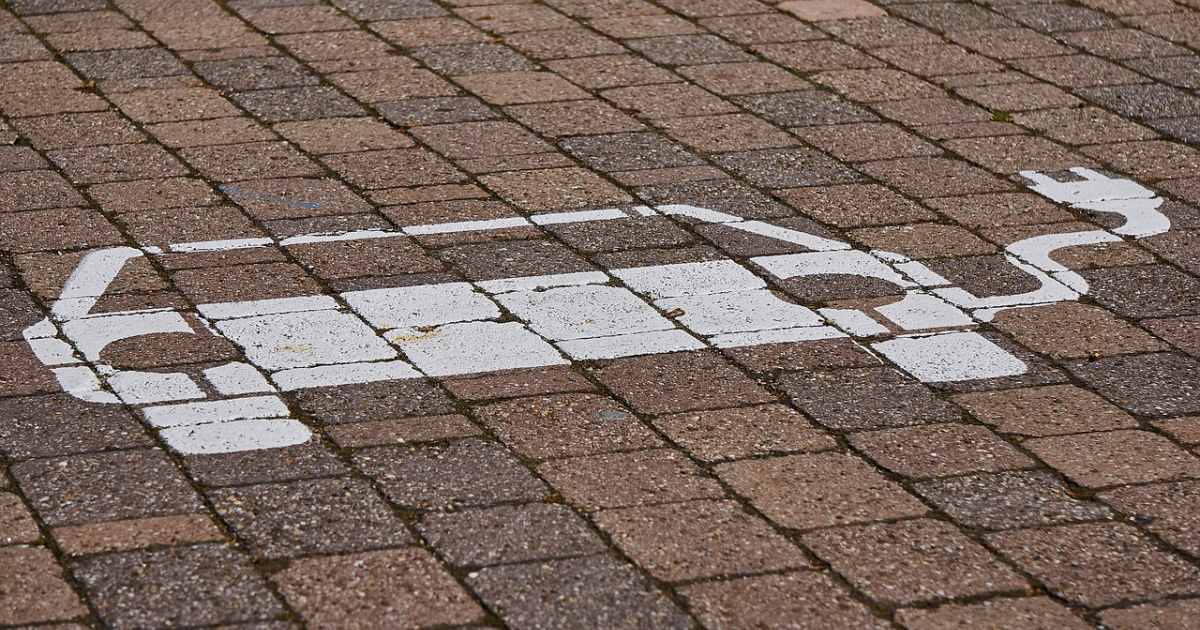
NSW’s Central Coast Council is putting the the pedal to the metal in acquiring battery and hybrid electric vehicles – with more to come.
2019 saw the first 100 percent electric vehicle introduced to Council’s fleet, joining a number of existing hybrid passenger vehicles already in use. Today, Council’s fleet boasts:
- a full battery electric tipper truck
- 6 hybrid electric trucks
- 9 full battery electric passenger vehicles
- 112 hybrid electric passenger vehicles
It’s not just transport being shifted to pure or hybrid electric – added to all that is a diesel/electric 20 tonne hydraulic excavator – a Komatsu HB215LC.

“Council is active in its commitment for a sustainable future and we pledged to be a leader in the use of more sustainable transport, which we are doing,” said Council Director Corporate Affairs and Chief Financial Officer, Natalia Cowley.
And it seems, will continue to do – Central Coast Council has a goal of transitioning all its passenger, light and heavy commercial vehicle to electric or hybrid electric by 2027, and 95% of its passenger and light commercial vehicles to EVs by 2030.
A recent announcement from the NSW Government, welcomed by Council, will help it towards this goal.
New South Wales’ transport sector currently accounts for 20 per cent of the state’s emissions. Last month, the NSW Government announced a commitment of $490 million to cut taxes, incentivise uptake and reduce barriers for electric vehicle purchases over the next four years – and local councils are among those to benefit.
NSW Energy and Environment Minister Matt Kean said the goal was to see EV sales more than 50% of new cars sold in NSW by 2030.
Solar Energy On The Central Coast
All these electric vehicles are great, but what will be the energy source for charging them? In New South Wales there are still coal burners operating, including Liddell and Bayswater power stations (but Liddell will be shutting down soon), and gas-fired generators. But as renewable energy in the state continues to increase, emissions associated with charging EVs will decrease.
On that front, Central Coast Council has also been a mover and shaker on solar power uptake, with more than 1.8MW of solar panel capacity installed on dozens of its buildings. Additionally, Council also has methane gas extraction and electricity generation facilities at four landfill sites, which collectively generate more than 30 gigawatt-hours of electricity each year.
One of Council’s pledges when joining the Cities Power Partnership was to “install renewable energy (solar PV and battery storage) on council buildings”. It’s not clear how much battery capacity has been installed, but the organisation has certainly made good on its solar power commitment.
On a related note, across the Central Coast local government area there had been approximately 32,184 solar installations as at the end of March this year, with an estimated collective capacity of 165,790 kW (Source: APVI). In Gosford, solar panels are a common sight, with more than 6,267 installations in the 2250 postcode as at the end of April this year.
Related: The Home Owner’s Guide To Solar Power And Electric Cars.

 RSS - Posts
RSS - Posts



Speak Your Mind